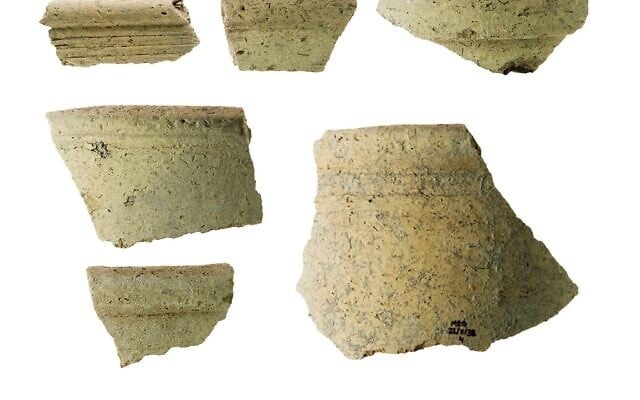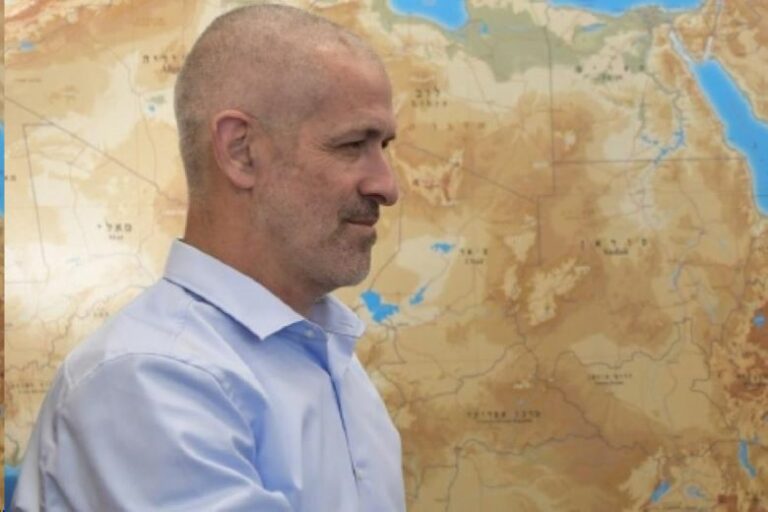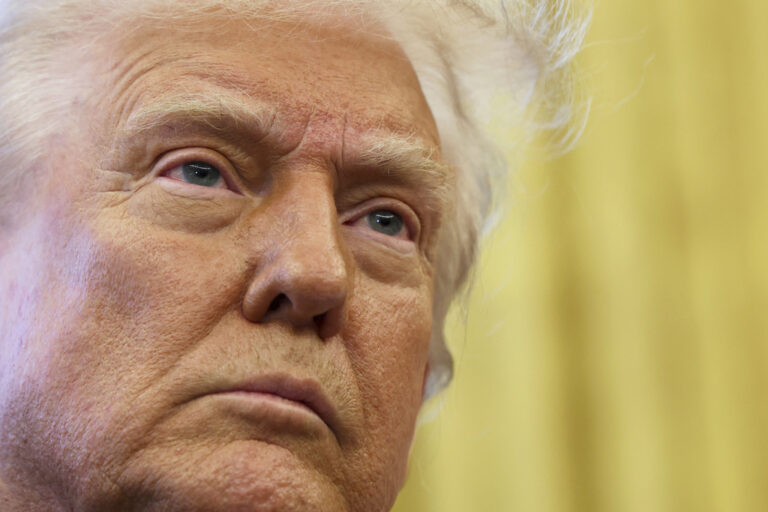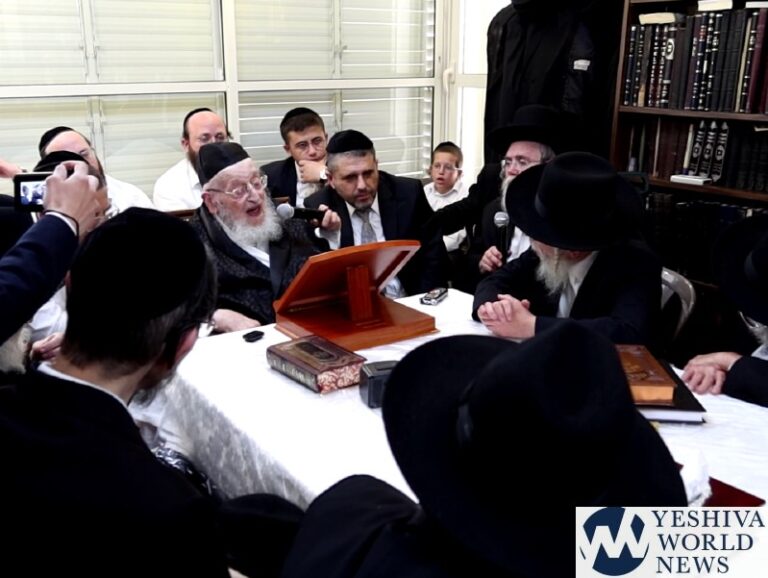A team of Israeli researchers has unearthed artifacts in the ancient city of Megiddo—known as Har Megiddo, or Armageddon—that may provide physical evidence of the epic war between King Yoshiyahu of Yehudah and the Egyptian Pharaoh Necho, as recorded in Sefer Melachim II and Divrei HaYamim II.
For the first time, remnants of 7th-century BCE Egyptian pottery have been discovered in the area, indicating that Egyptian forces were indeed present at this crucial point in history—just as the Nevi’im recount.
“Megiddo is unique—mentioned both in Tanach and in the great historical records of the ancient Near East,” explained Professor Yisrael Finkelstein, head of the University of Haifa’s Megiddo Expedition. “It has long been suspected that the site was an Egyptian fortress in the late 7th century BCE, largely based on the pesukim that describe Yoshiyahu HaMelech falling in battle against Pharaoh Necho.”
The battle at Megiddo is described in Sefer Melachim II (23:29) and Divrei HaYamim II (35:20-22). King Yoshiyahu, a tzaddik who was moser nefesh to eradicate avodah zarah from Am Yisroel and restore proper avodas Hashem, confronted Pharaoh Necho as the Egyptian ruler marched to aid the Ashurim in their fight against Bavel. Despite Necho’s warnings that he was not coming to war against Yehudah, Yoshiyahu insisted on engaging him—and tragically fell at Megiddo.
Now, new archaeological findings appear to confirm the presence of Egyptian troops at Megiddo precisely during this historical period. Among the discoveries were not only Egyptian ceramics but also imported Greek pottery, suggesting the presence of Greek mercenaries in the Egyptian army—something hinted at in ancient sources.
“We know that Egypt employed mercenaries in this period,” noted Dr. Assaf Kleiman, a senior researcher of the Megiddo team. “And some scholars suggest that the Ludim, referenced in Tanach, may have been such warriors from Lydia.”
Finkelstein also raised the possibility that the mercenaries found at Megiddo could be tied to the nevuos of Yechezkel regarding the end of days battle of Gog U’Magog.
“There are hints in the Nevi’im that the Lydians may have been involved in Yoshiyahu’s death,” he said. “One of them is the identity of Gog, who some scholars identify as Gyges, king of Lydia.”
Gog is mentioned in multiple places in Tanach. In Yechezkel 38-39, he appears as the ultimate enemy of Klal Yisroel, leading the forces of Magog in the war that will precede Mashiach. The Midrashim and later meforshim have long debated the exact identity of Gog, and whether the historical Lydians played a role in Jewish history.
Megiddo has been the focus of excavations since the early 20th century, but much of the site was disturbed by previous diggers who lacked today’s sophisticated methods. The recent efforts have led to the discovery of a previously untouched area, known as “Area X,” where significant finds from the 7th century BCE have emerged.
Among them was a structure featuring multiple rooms and a large courtyard, filled with pottery that offers a glimpse into the daily life of the time period.
“The pottery tells us a lot about trade, cooking, and military presence,” Kleiman explained. “We even found a fragment of a Yehudi cooking pot, made from clay sourced near Yerushalayim—further evidence that there was a Jewish presence in Megiddo at the time.”
But perhaps the most startling discovery was the overwhelming presence of Egyptian vessels, many of which were simple, functional, and unadorned, suggesting that they were not luxury trade items but rather the personal property of an Egyptian military garrison.
“This is the first time we’ve ever found such a concentration of Late Iron Age Egyptian pottery in Megiddo—or anywhere else in Eretz Yisroel,” said Kleiman.
As these findings come to light, the connection between Tanach and history becomes even clearer. The battle at Megiddo marked the beginning of the end for Malchus Beis David, as Yehudah soon fell under Egyptian control, only to later be conquered by the Babylonians, leading to the destruction of the Beis HaMikdash and Galus Bavel.
For those who believe in the eternal truth of the Torah, this latest discovery serves as a powerful reminder: the words of Chazal and the Nevi’im are not just folklore—they are emes, and sometimes, HaKadosh Baruch Hu allows us to uncover the evidence buried beneath the very soil of Eretz Yisroel itself.
(YWN World Headquarters – NYC)












One Response
Egypt was always a Global Power. They were always everywhere.
Even on the way out Mitzrayim the Yidden wanted to go back. Mitzrayim had the monopoly on Horses.